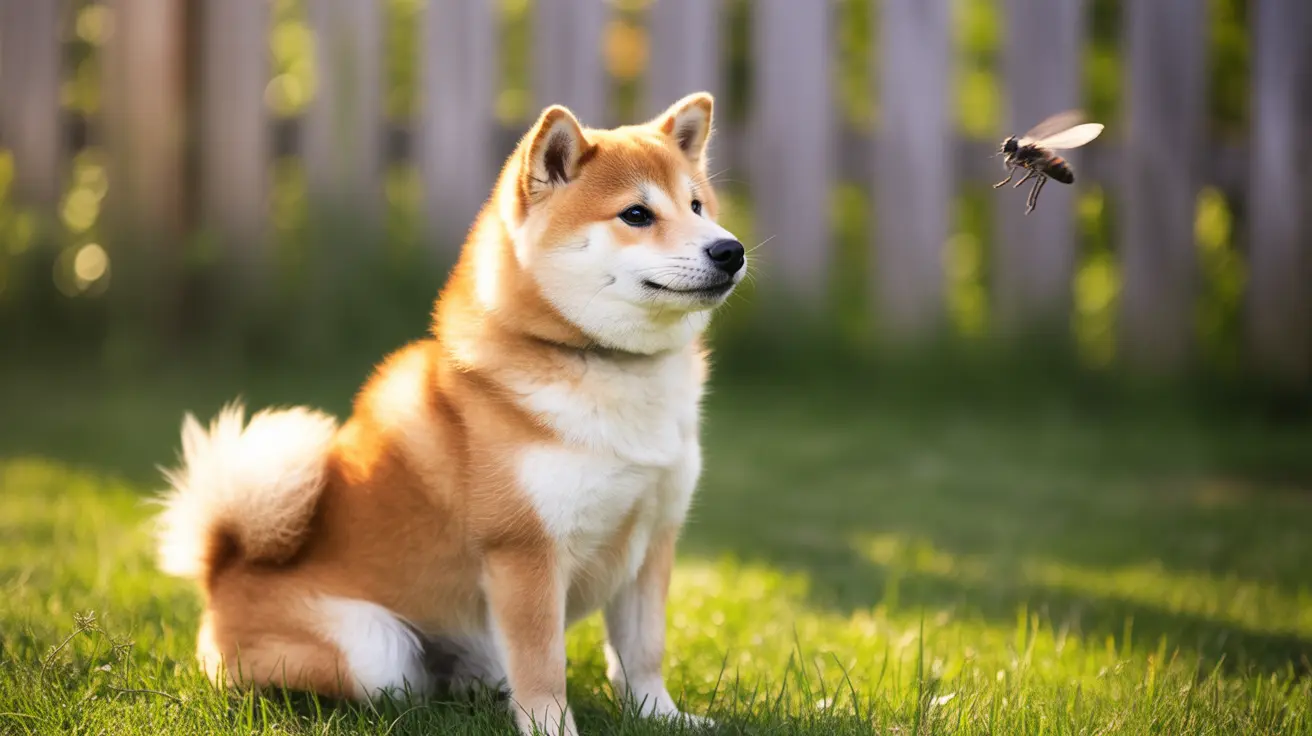If you've ever watched your dog snap at buzzing insects, you might have wondered about their fascination with flies. It's a common behavior that stems from dogs' natural hunting instincts, but it can sometimes leave pet owners concerned about potential health risks.
In this comprehensive guide, we'll explore why dogs eat flies, whether it's safe, and how to manage this behavior effectively. We'll also address important health considerations and provide practical solutions for concerned pet owners.
Understanding Why Dogs Chase and Eat Flies
Dogs are naturally curious creatures with strong predatory instincts. Their attraction to flying insects often stems from several key factors:
- Natural hunting instincts and prey drive
- Entertainment and mental stimulation
- Boredom or lack of other activities
- The exciting movement of flying insects
Health and Safety Considerations
The good news is that eating the occasional house fly typically won't harm your dog. Dogs' digestive systems are generally robust enough to handle small insects without issues. However, there are some important considerations:
Potential Risks
While rare, certain situations can pose risks:
- Flies exposed to pesticides or toxic substances
- Large quantities of insects causing mild digestive upset
- Confusion between harmless flies and dangerous insects like bees
- Potential contact with disease-carrying insects
When to Be Concerned
Monitor your dog if they frequently eat flies, especially if you notice:
- Excessive drooling or mouth pawing
- Vomiting or diarrhea
- Lethargy or unusual behavior
- Persistent coughing or gagging
Managing Fly-Eating Behavior
Environmental Control
Reduce your dog's access to flies through these methods:
- Install proper window screens
- Use pet-safe fly control methods
- Keep garbage areas clean and covered
- Maintain good general household hygiene
Behavioral Training
Help discourage fly-eating through positive training:
- Teach the "leave it" command
- Provide alternative activities and toys
- Ensure adequate exercise and mental stimulation
- Use positive reinforcement techniques
Prevention and Alternatives
Rather than focusing on stopping the behavior entirely, consider these preventive measures:
- Increase daily exercise and playtime
- Offer interactive toys and puzzle feeders
- Create engaging outdoor activities
- Maintain a consistent routine
Frequently Asked Questions
Is it safe for my dog to eat flies occasionally, and can it make them sick?
While eating the occasional fly is generally safe for dogs, excessive consumption could cause mild stomach upset. Their digestive system can typically handle small insects without issues, but monitoring for any unusual symptoms is recommended.
What behaviors or health issues cause dogs to keep chasing and eating flies compulsively?
Compulsive fly-chasing can be caused by boredom, lack of exercise, anxiety, or insufficient mental stimulation. In some cases, it might indicate an underlying behavioral issue that requires professional attention.
Which types of insects or flies should dog owners worry about because they can harm pets?
While common houseflies are generally harmless, dogs should be kept away from bees, wasps, spiders, and other stinging or venomous insects. Additionally, insects treated with pesticides can be dangerous if ingested.
How can I stop my dog from snapping at and eating flies inside the house?
Redirect their attention with toys and activities, ensure adequate exercise, and use positive reinforcement training. Installing proper screens and maintaining clean environments can also reduce fly presence indoors.
Could eating flies lead to digestive problems or allergic reactions in dogs?
While rare, eating large quantities of flies could cause mild digestive upset. Allergic reactions are uncommon but possible, especially if the dog ingests insects carrying irritants or chemicals.
Conclusion
While watching your dog chase and eat flies might be concerning, it's usually a harmless behavior rooted in natural instincts. Focus on providing alternative activities and maintaining a healthy environment to minimize excessive fly-eating, and consult your veterinarian if you notice any concerning symptoms or behaviors.






